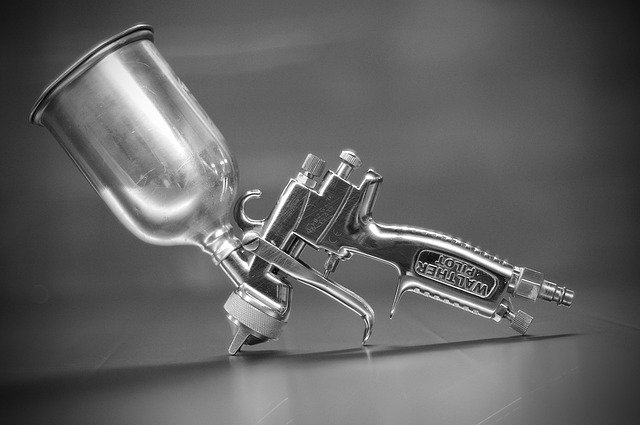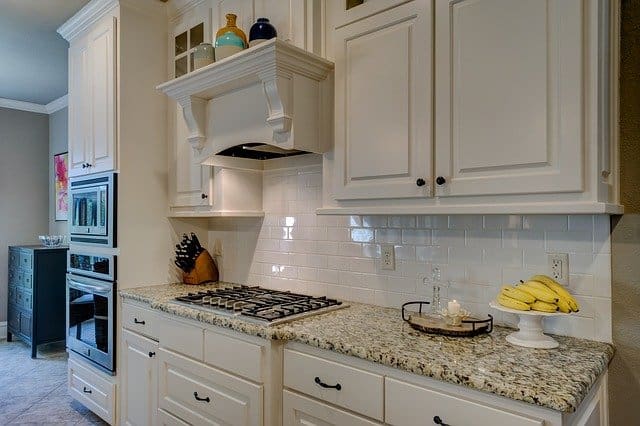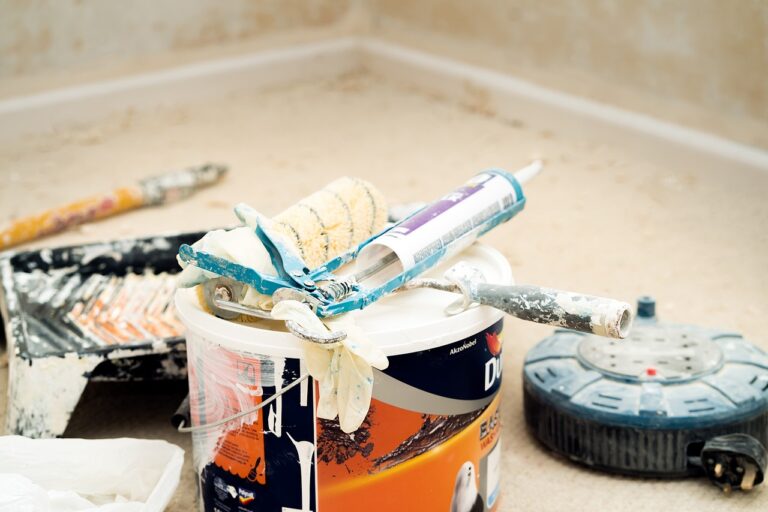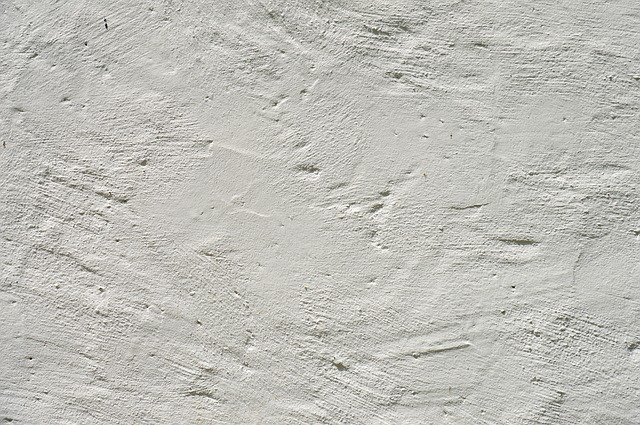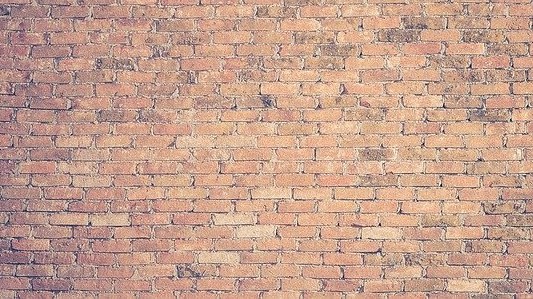How to Sand Between Deck Boards
When building a deck, it’s crucial to learn how to sand between deck boards. You need to ensure that all boards are as smooth as possible. They must have a similar width for them to be level. 
If you don’t do that, there’ll be incongruities between the boards you use. If you do this manually, the procedure of sanding between deck boards will consume time.
When preparing to build your deck, these tips on how to sand between deck boards will help you produce a precisely level deck. Requirements: a T-square, level, planer, an electric sander, and sandpaper. See Also: how to stain a deck for the first time.
How to Sand Between Deck Boards (Step by Step)
1. Prepare the surface of the Deck
Check each nail and screw. Ensure that they are all countersinking a few millimeters below the deck level. In this way, they’ll not tear your sandpaper during sanding. Use your nail stamp to sink protruding nails and screw down all the screws.
Sweep the Deck – The second step is to completely sweep the deck with a broom that has hard bristles to get rid of any loose refuse. Ensure you move all the furniture and plants from the deck surface for you to clean properly. read Also: best deck stain for pressure-treated wood.
2. Sand Between the deck boards?
Though it’s crucial to take into account the board length, it can be adjusted. However, if you screw or nail the boards down, you cannot adjust the difference in height.
If you’re not cautious, you may have random deck boards that stand taller than others. This is dangerous and it’ll appear as if it has been done by a non-professional.
So, once you’re through with each board, measure it, and make sure they’re not beyond 1/16-inch. When the deck is completed, the whole surface will be sleek and completely level for daily use.
3. Maintain Similar Deck Board Measurements
Take your time to carry out extra measurements after the planer has done its job. This ensures that each board has similar measurements.
In total, this may take an additional hour or two, depending on the deck you’re working on. This makes sure that you only screw or nail down your deck boards without worrying about whether or not you have a level deck.
The last part of the project is sanding. You can either use an electric or manual sander. Make sure you leave more than 1/16 of an inch above the actual breadth that every board should reach.
The sander takes away the amount that remains and all boards are completely sleek. This is another part that’ll possibly take you a couple of hours. If you use machines like planers, you don’t have to worry about that because the sanding procedure is built into the machine.
Regardless of whether this is done automatically or manually, now you understand how to sand between deck boards for the best results. Apart from sanding between deck boards, some of the questions you should ask yourself include: See Also: how to clean a deck before staining.
How Do You Sand the Edges Of the Boards?
Sanding the exterior deck board edges can be slightly cumbersome. This depends on the design of the deck, particularly if the rails have a low baluster railing that makes access cumbersome.
Here, a smaller detail sander can be useful if your orbital sander that’s within the accepted range doesn’t fit. Use 60 to 80 grit sandpaper for the decking boards’ end grain. Ensure that you sand as uniformly as possible.
If you don’t sand uniformly, stains are absorbed unevenly into the boards’ end grain. Wipe end grains again to free dust before continuing with the sealing and staining. See Also: best deck stain for weathered wood.
How Do You Sand the Deck Surface?
If you’re sanding hardwoods, the aim is to get the sleekest surface possible. However, if you’re sanding an exterior deck surface, this isn’t the case. Use 60-80 grit sandpaper when sanding deck floorboards. See Also: painting vs staining deck.
If you sand using fine-grit paper (more than 100-grit), it makes the wood so smooth that the pores start closing down preventing the wood from absorbing stain or sealer.
Apply medium pressure to your hand sander and check that the appearance is even. Complete surface vacuuming is crucial before you stain and seal the deck. See Also: best deck cleaner for trex.
Summary
Ensure your deck is completely dry before sanding. Wait for a few days before sanding if it has rained recently. The surface of the deck, rails, and board edges should be treated as separate tasks. The sanding technique for each is different.

